SaaS marketing veteran brings more than 20 years of B2B marketing experience to leading franchise management software provider
HERNDON, Va., May 10, 2022 /PRNewswire/ — FranConnect, the leading provider of franchise management solutions for driving success in franchise sales, operations, and marketing, today announced the appointment of Lorena Garcia to its executive leadership team as the Senior Vice President of Marketing. Garcia will be responsible for the entire end-to-end marketing function at FranConnect, including driving growth through innovative and scalable practices in account-based marketing, lead generation, market analysis, customer segmentation, digital marketing, and brand stewardship.

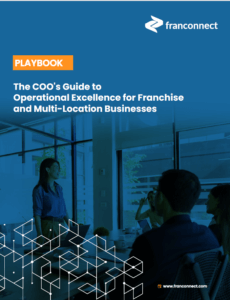






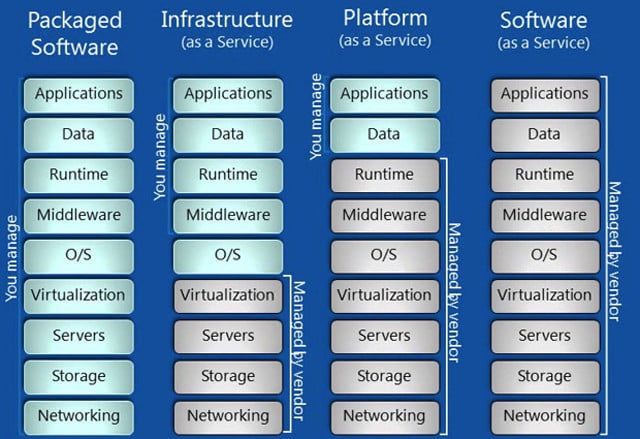
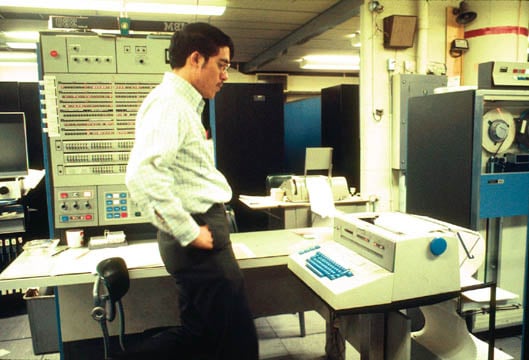
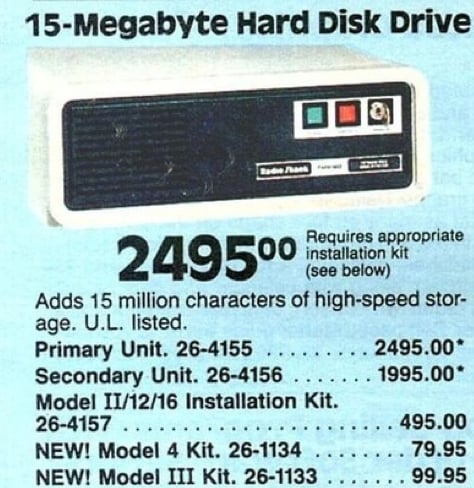

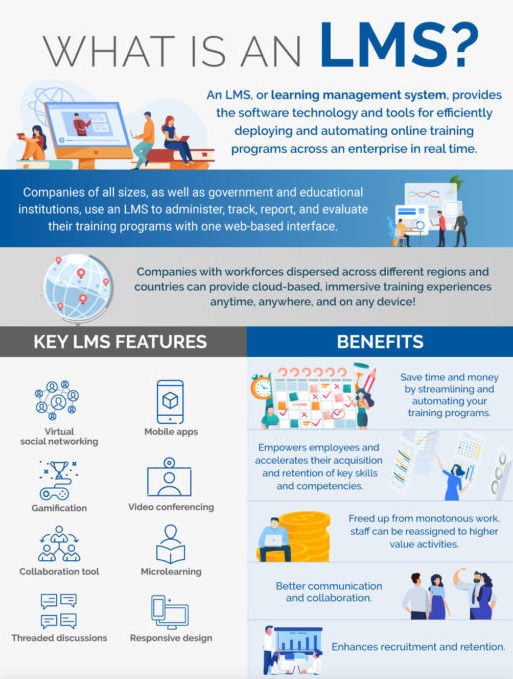


 Ian Walsh
Ian Walsh








